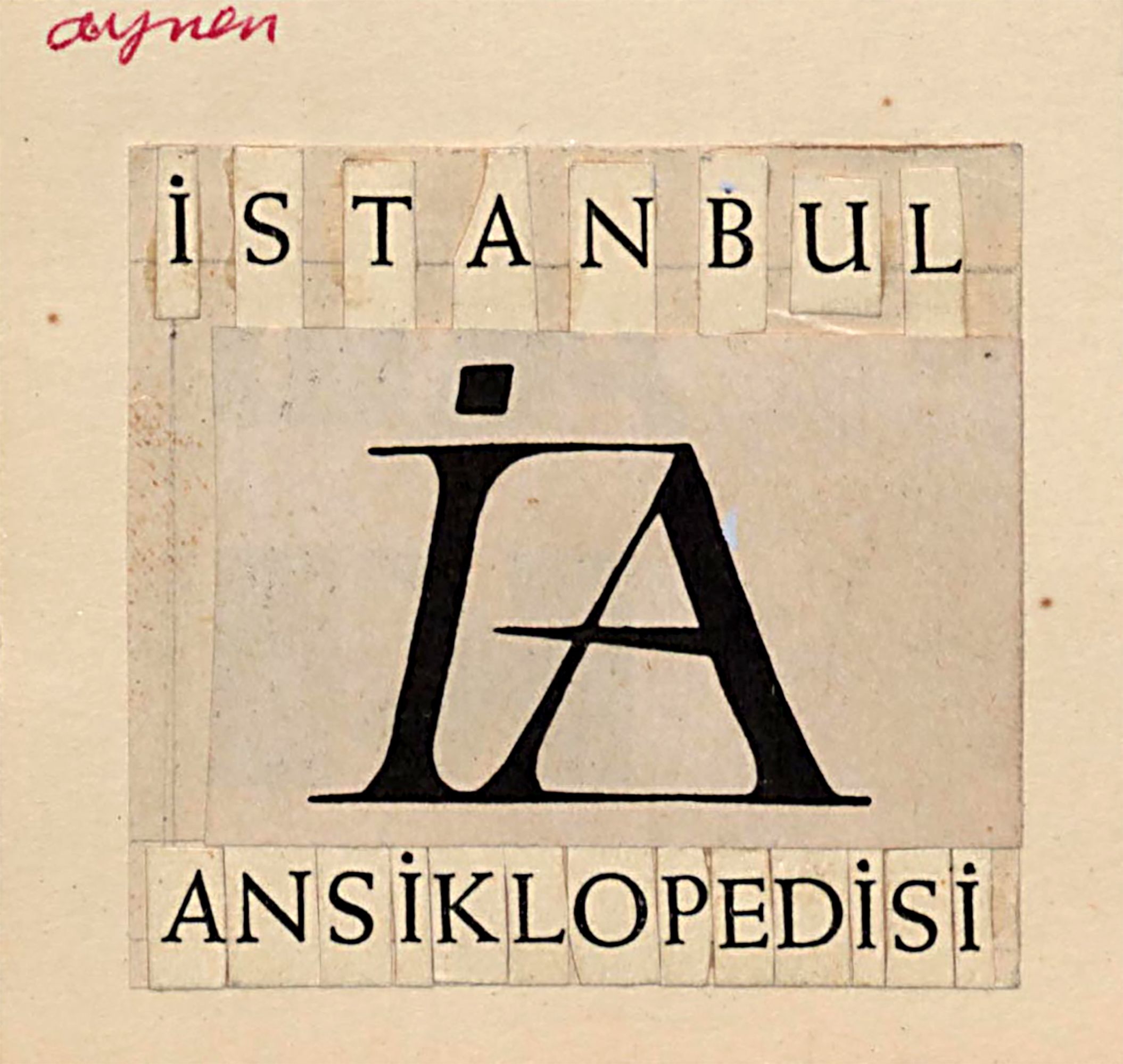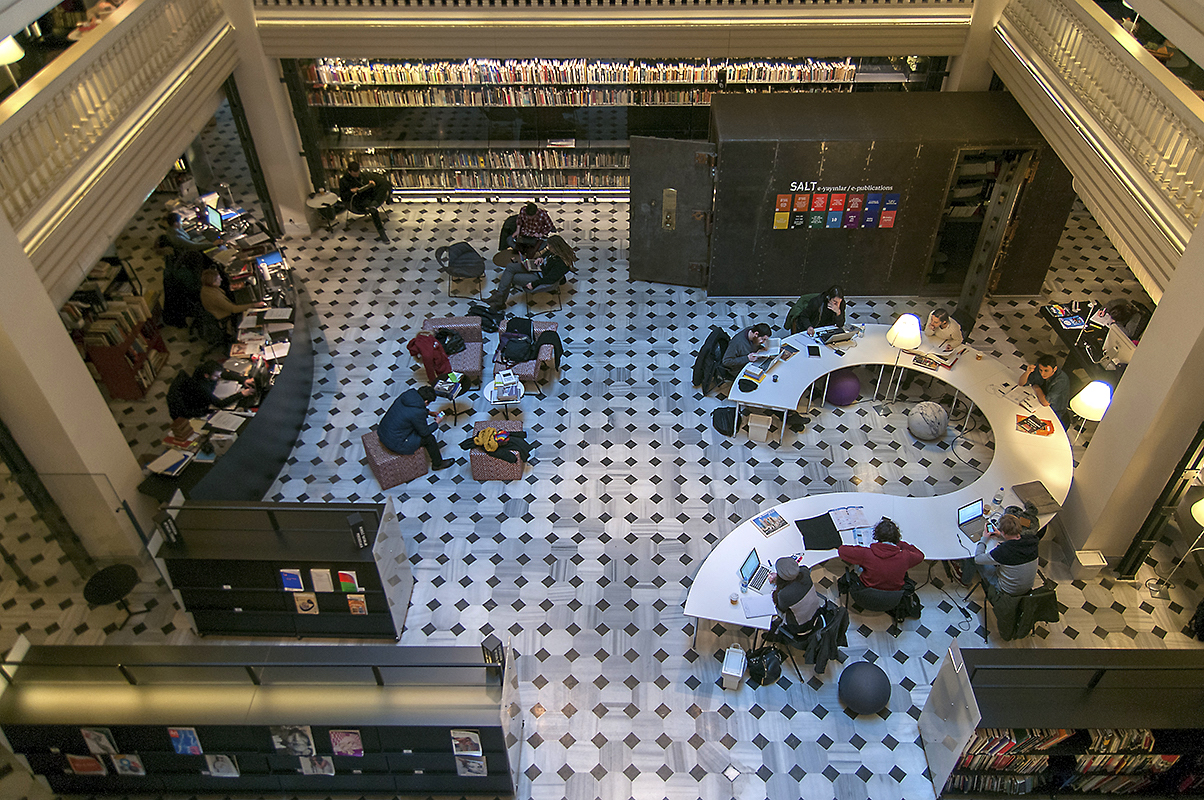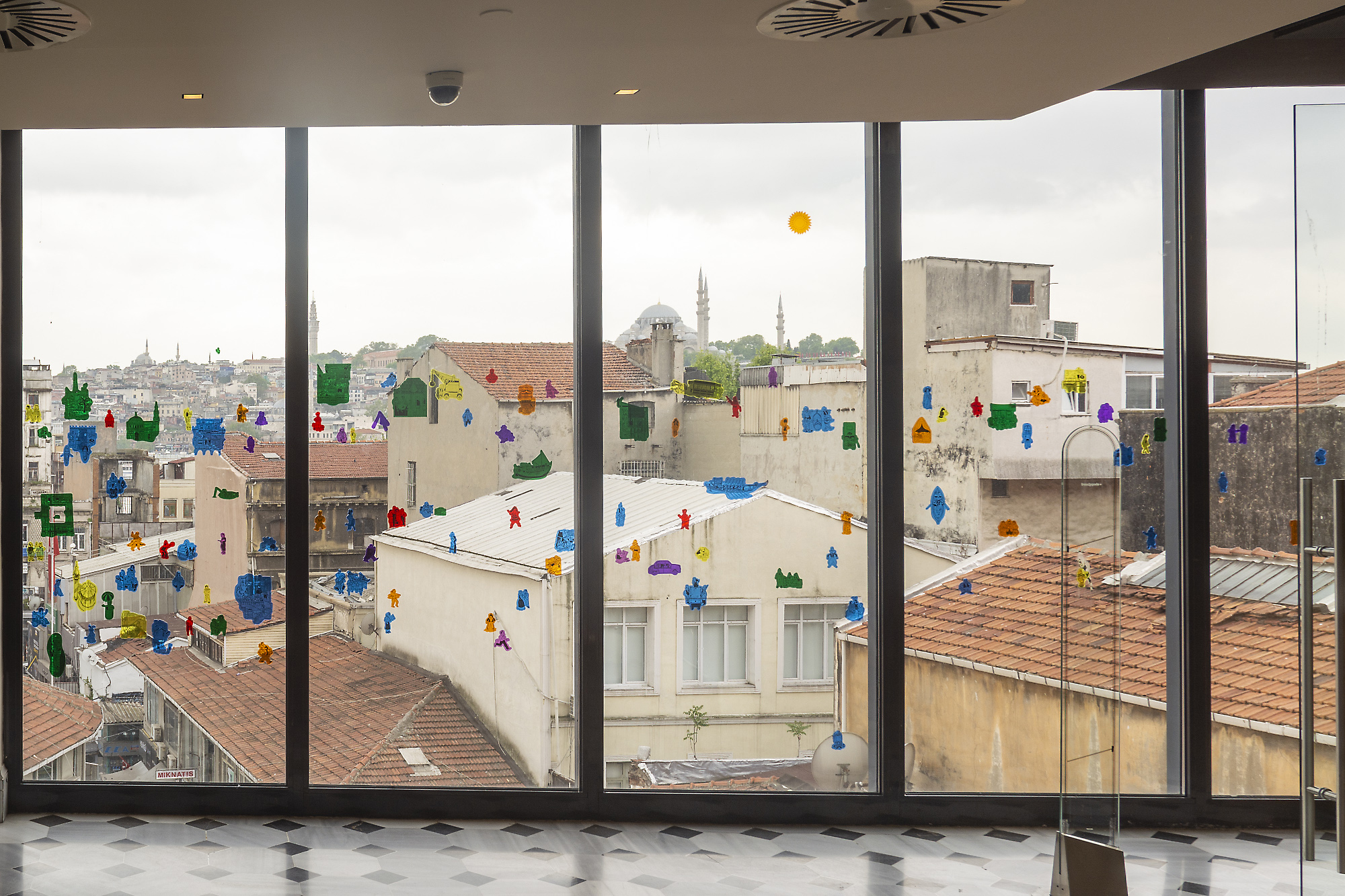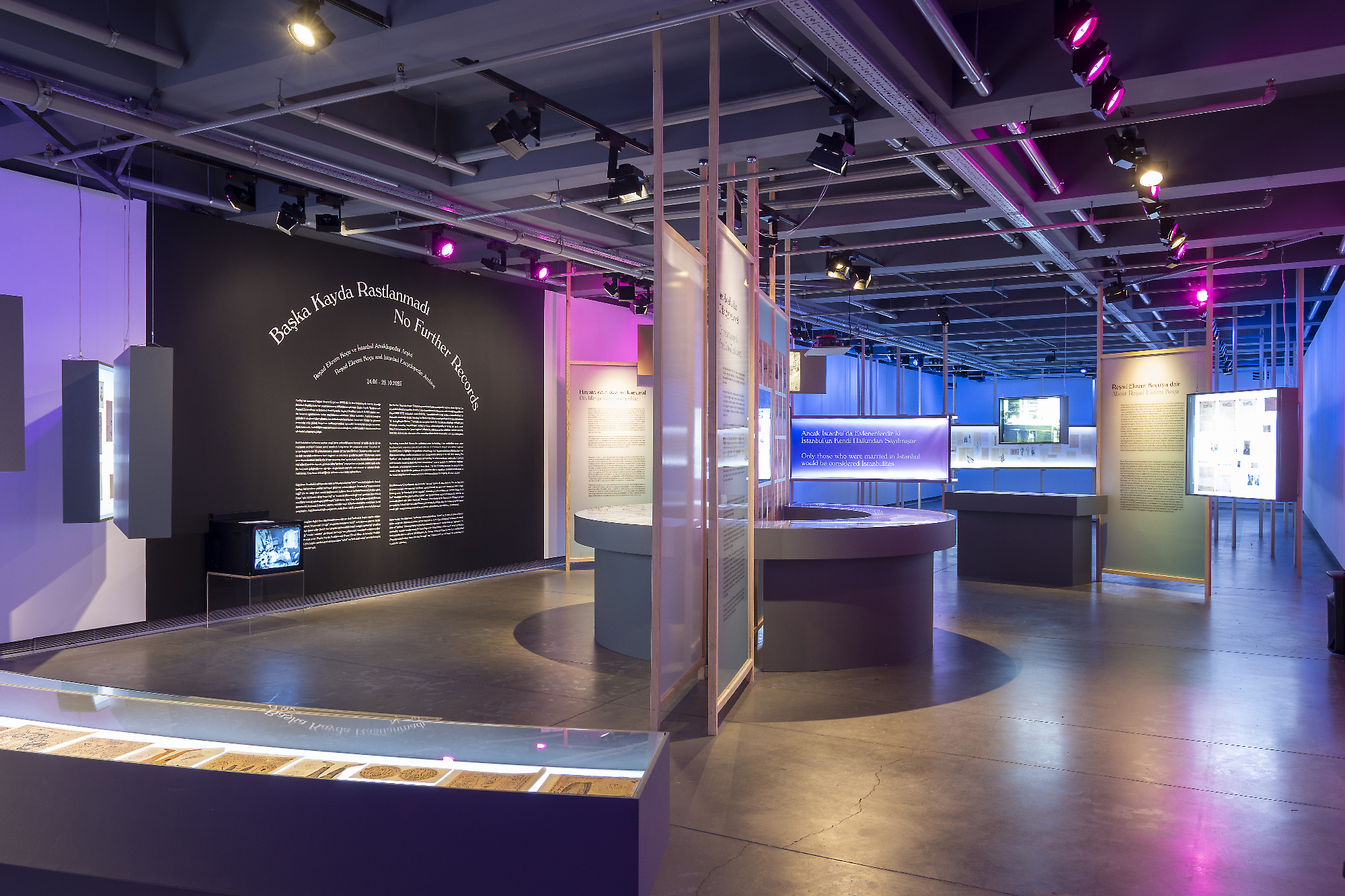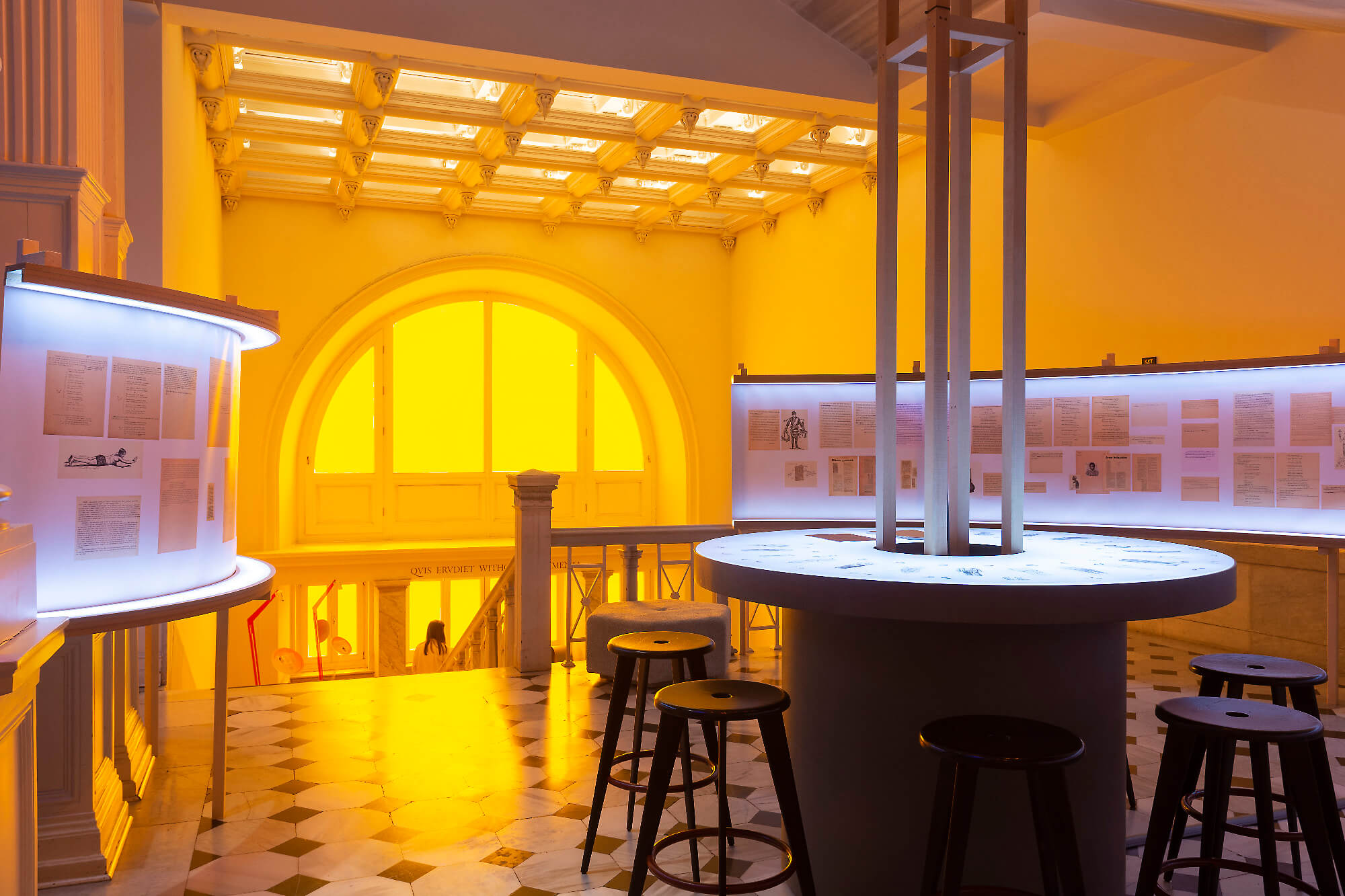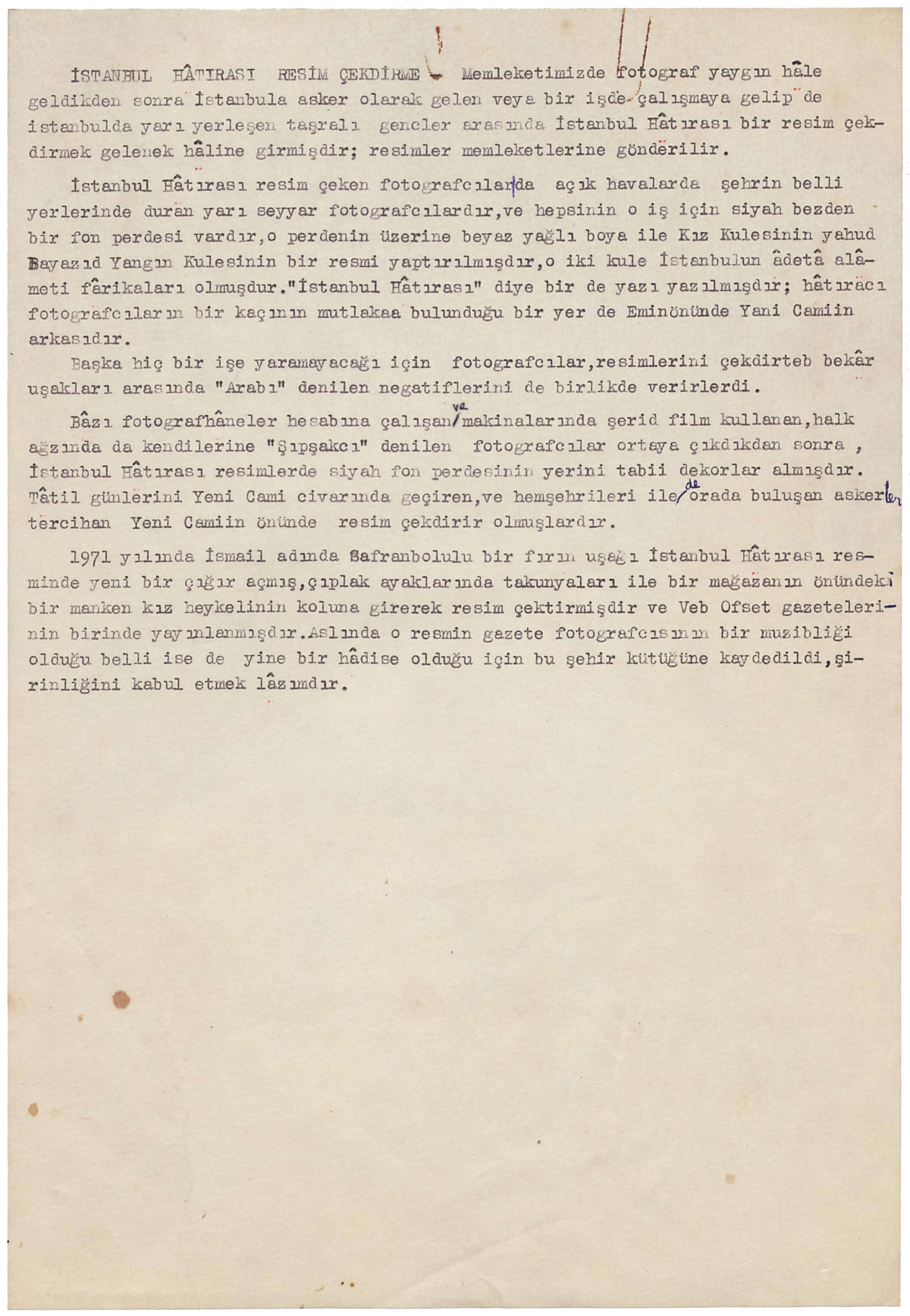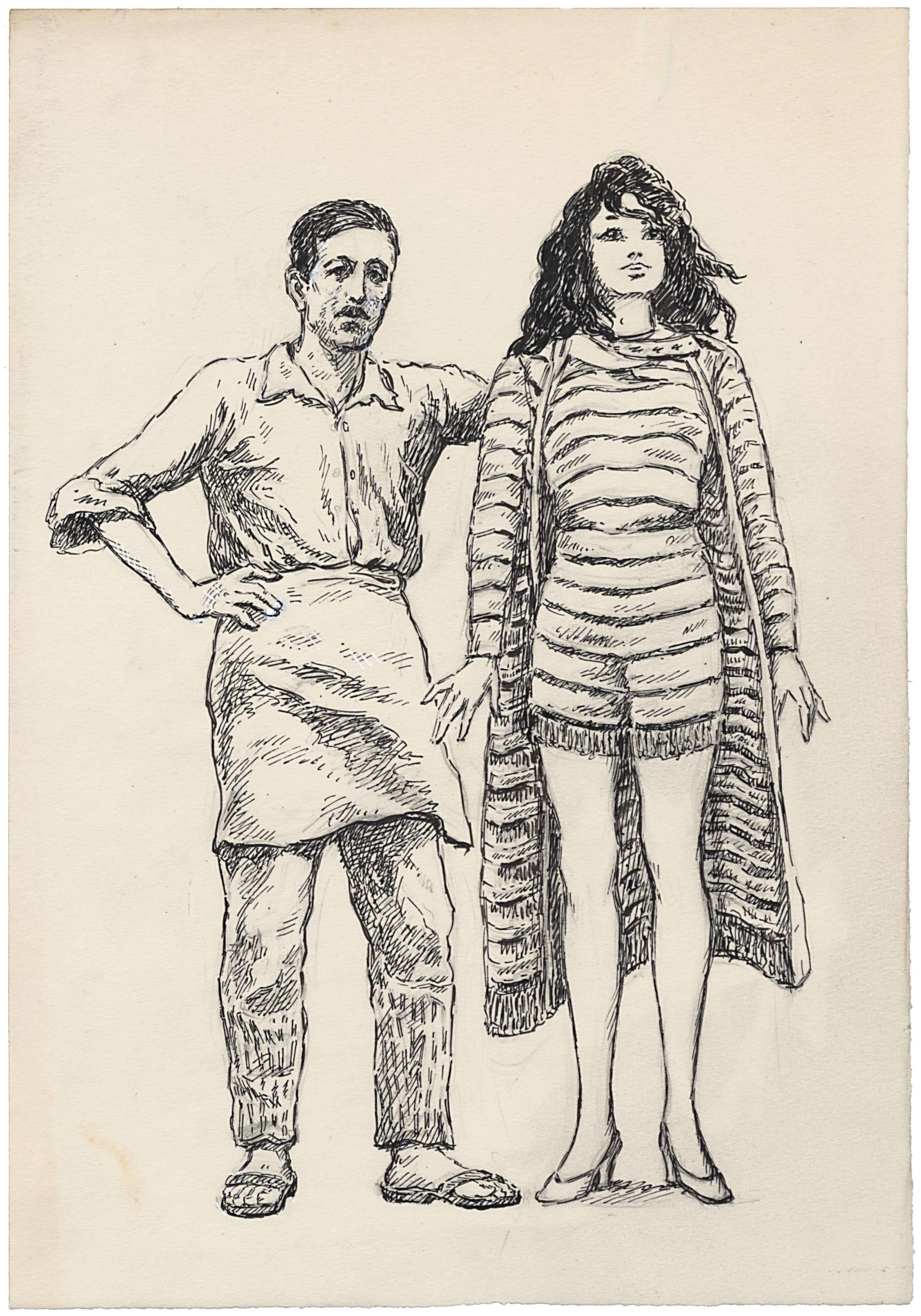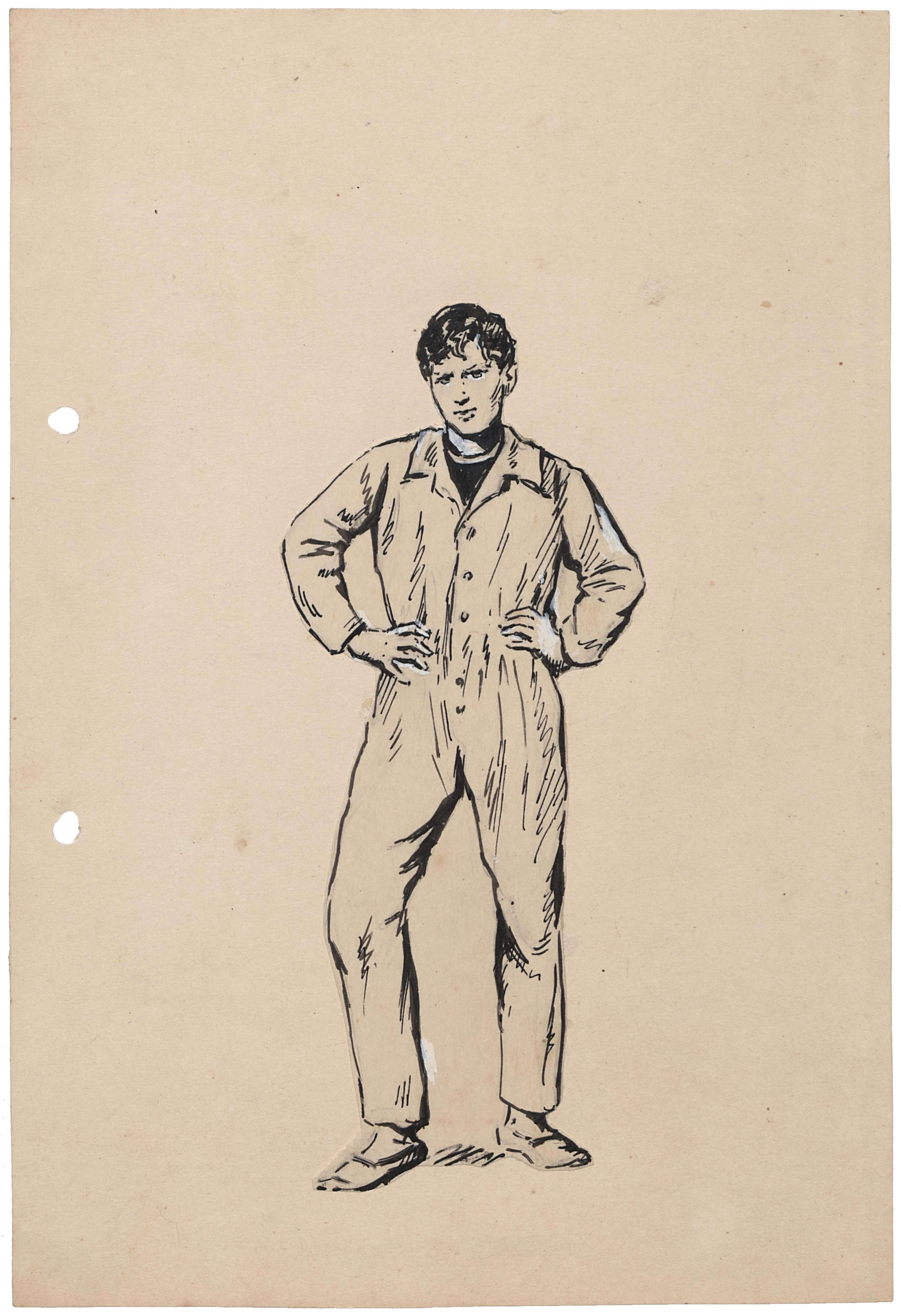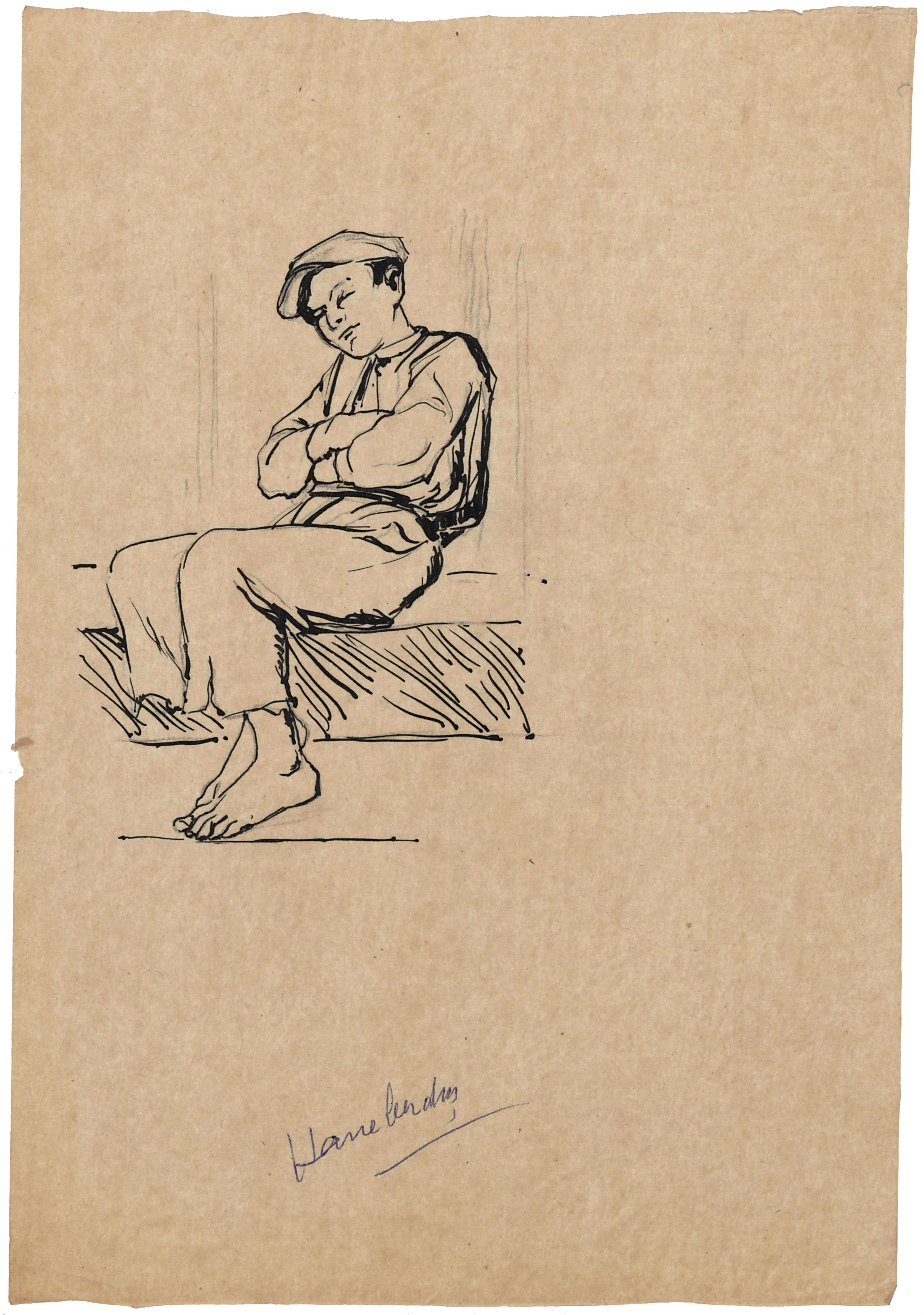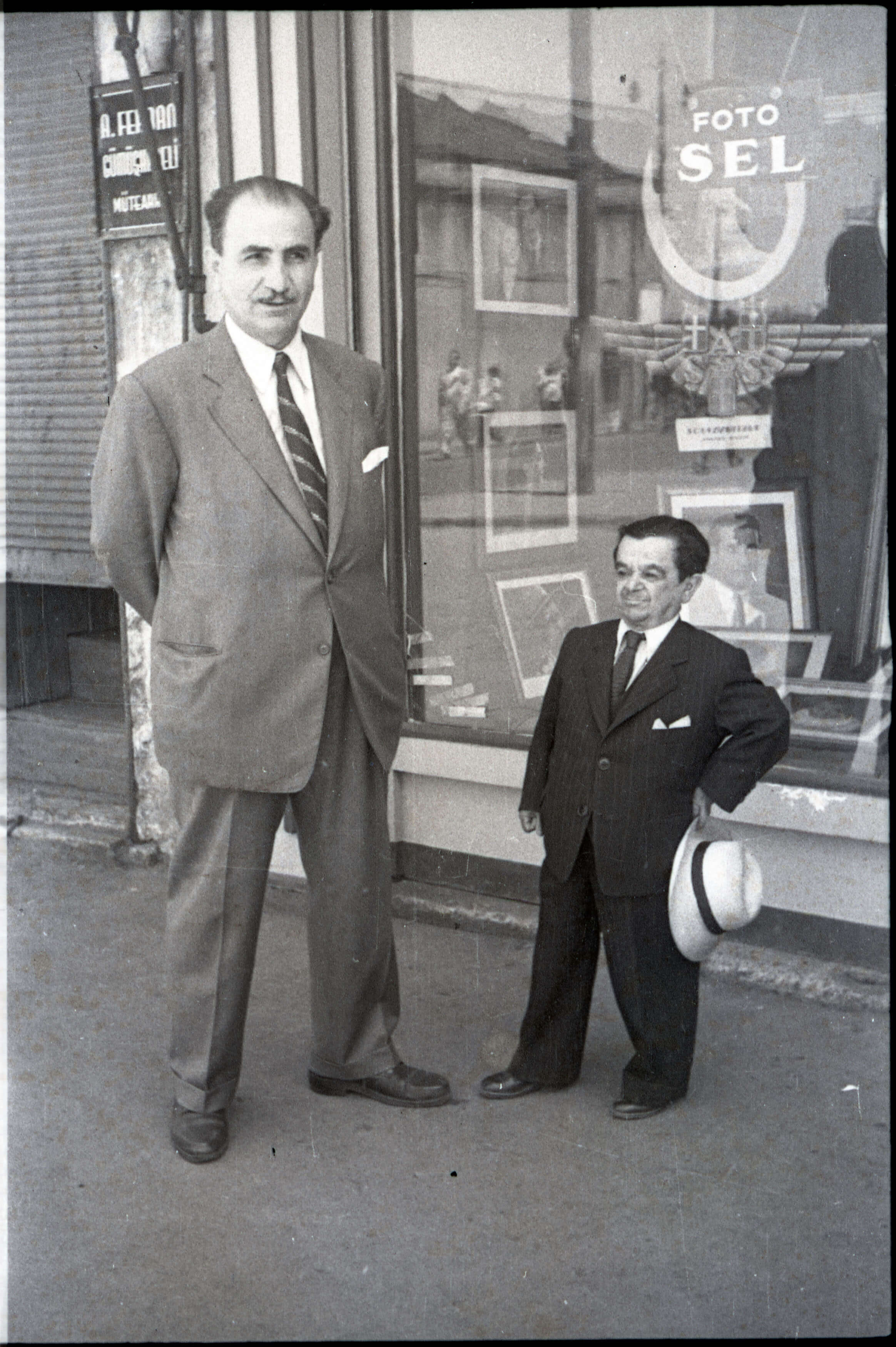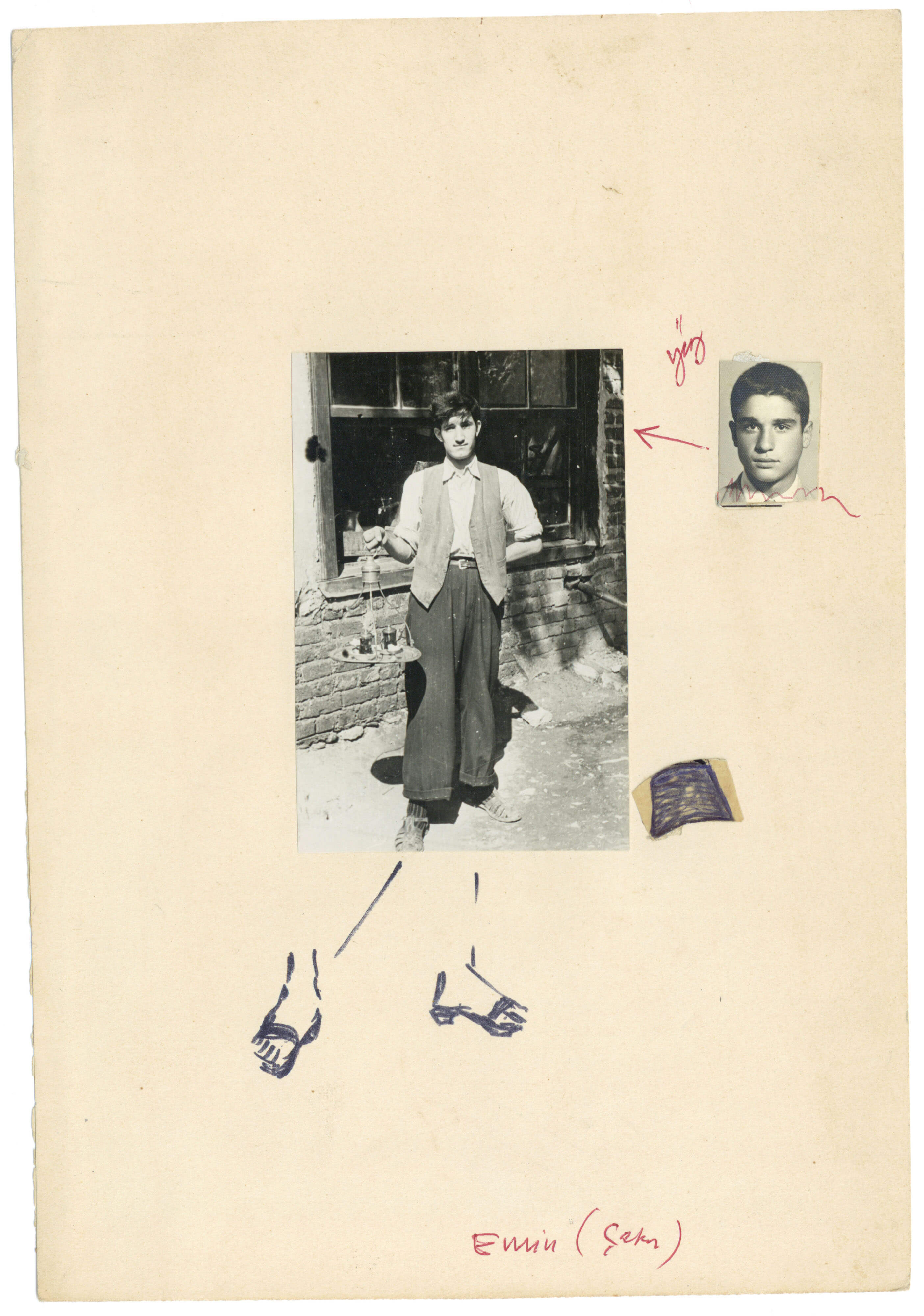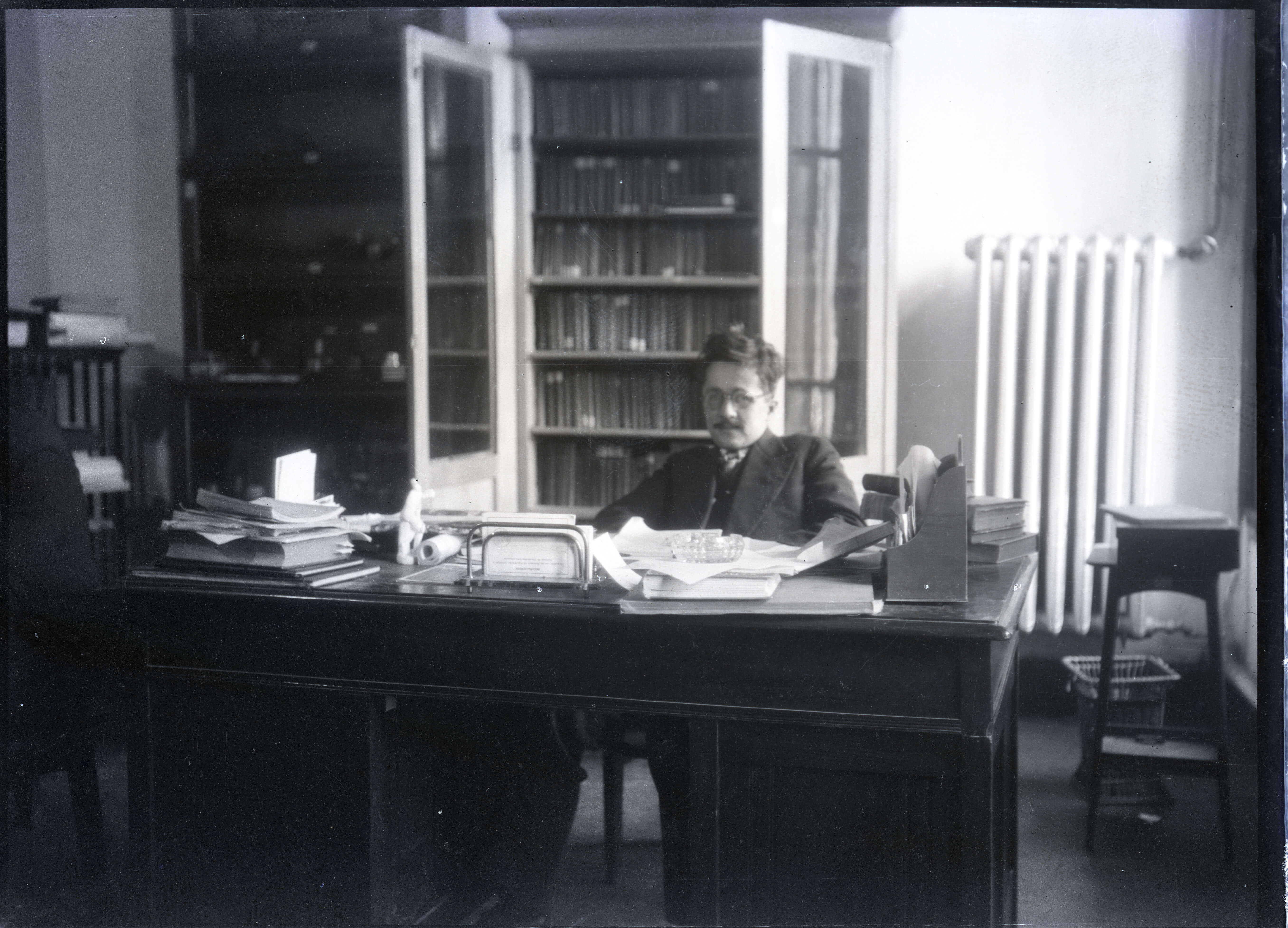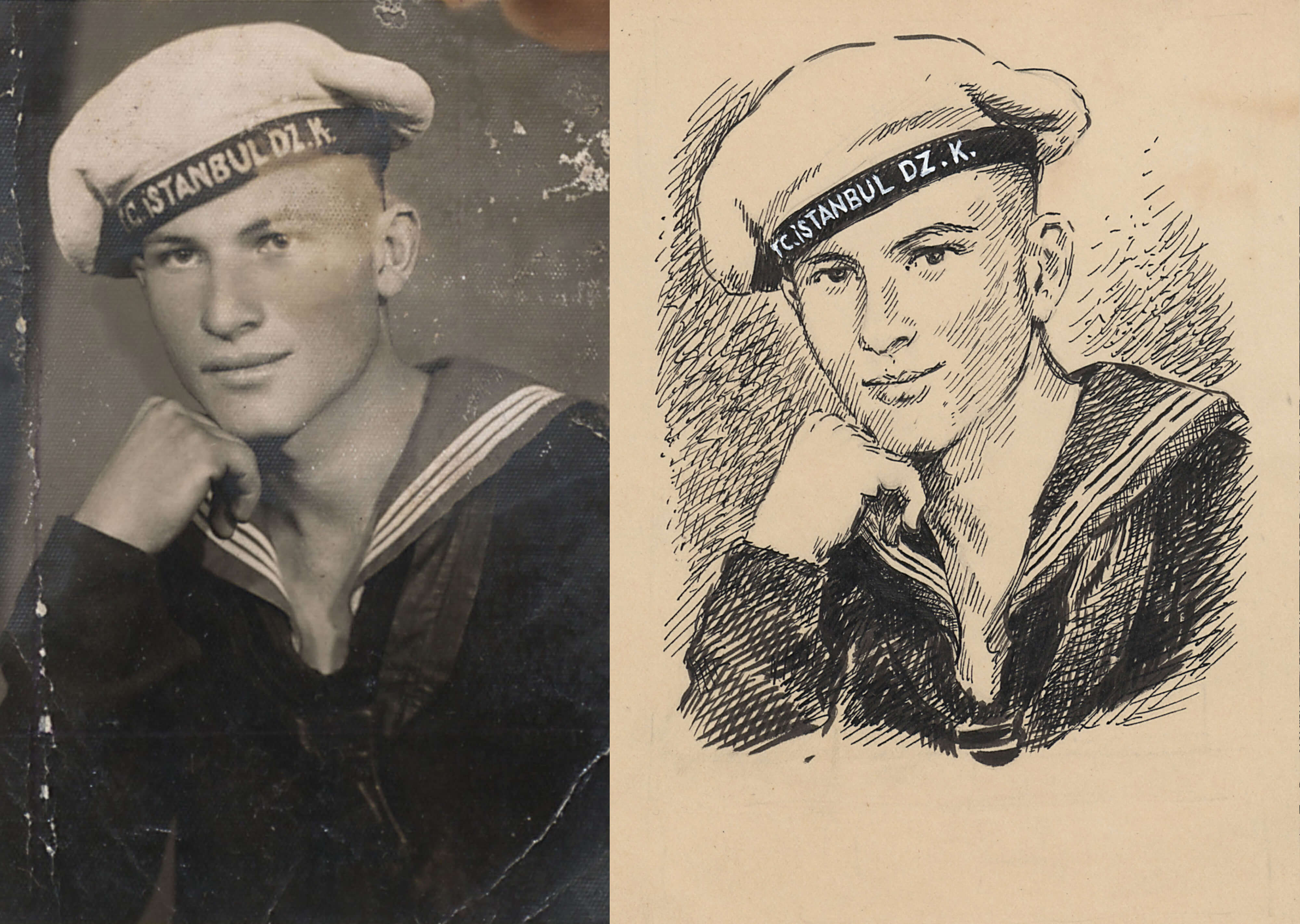Art Exploration of the Month: “Başka Kayda Rastlanmadı” (No Further Records)
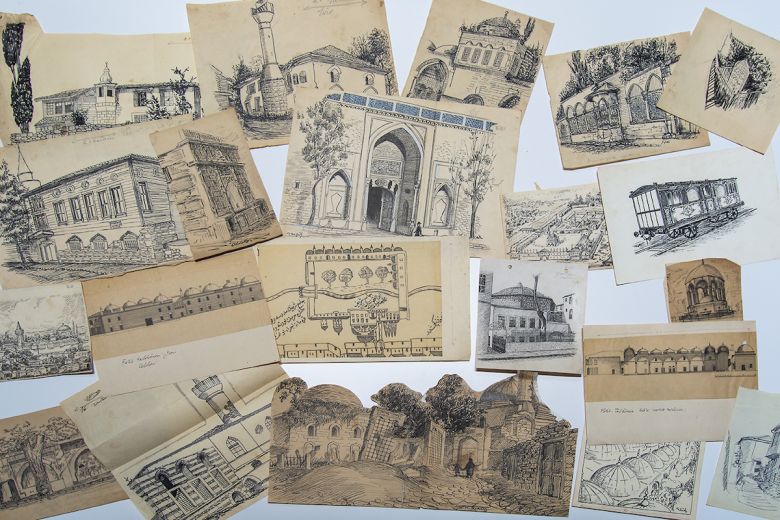
A selection from the building drawings commissioned by Reşad Ekrem Koçu for the Istanbul Encyclopedia Photo: Mustafa Hazneci (Salt)
The mood of Reşad Ekrem Koçu, as reflected in the Encyclopedia of Istanbul and consequently in the exhibition, is melancholic. The pervasive melancholy in the exhibition is not solely attributed to the chaotic nature of the archive, Koçu’s personal struggles and isolation, or the unfortunate disintegration of the archive through piece-by-piece sales after his demise, leading to its diminishment and deterioration over time. Especially in the 1960s, Istanbul underwent a major transformation. Both the destruction and, as Koçu believed, the idea that the “riffraff” had lost Istanbul contribute to the prevailing sense of melancholy.
(Gülce Özkara and Masum Yıldız)
A new exhibition opened on May 24th at Salt Galata, one of our favorite spots in Istanbul, be it for its library, restaurant, and bookstore, or sometimes just to sit in its historic building and take in the view. This exhibition introduces us to Reşad Ekrem Koçu and his Istanbul Encyclopedia archive, unveiling the missing articles through the notes of the researcher who passed away before completing his work. Despite Salt’s Programs Officer Gülce Özkara and Archivist Masum Yıldız describing the exhibition’s mood as “melancholic”, each visitor immerses themselves in a unique mood shaped by their own perspective.
|
An example of typeface work from a graphic design file related to the Istanbul Encyclopedia. Kadir Has University Information Center – Salt Research, Reşad Ekrem Koçu and the Istanbul Encyclopedia Archive |
Hitit Mod invites its readers to a delightful journey through the dusty pages of an unprecedented encyclopedia venture in contemporary Istanbul in its “Art Exploration of the Month” section. Stating from the outset that this journey will not be a short one, it recommends setting aside some time to enjoy both this intriguing exhibition and the charm of Istanbul.
If you have never been to Salt Galata before, this exhibition will introduce you to the building designed by the French-born Levantine architect Alexandre Vallaury for the Bank-ı Osmanî-i Şahane (later Ottoman Bank). The building, facing Kamondo Stairs, is situated on Bankalar Street, which, as the name suggests, was once home to important banks. Initially serving as the headquarters of the Ottoman Bank from 1892 to 1999, the building underwent various structural interventions over time. It was re-purposed as Salt Galata in November 2011, revealing its original architectural character through a refunctioning effort. The refunctioning was carried out by Mimarlar Tasarım under the direction of Han Tümertekin, with contributions from various architects and designers. Salt Research spaces were designed by ŞANALarc, the auditorium by Zoom/TPU, workshops by Arif Özden and Tanju Özelgin, offices by SUPERPOOL, consultation and exhibition spaces, auditorium foyers, and wet areas on these three floors by Autoban. The shop was designed by Ömer Ünal, Neolocal and the café by Aslıhan Demirtaş (KHORA), with the orientation programmed and designed by Koray Özgen. In 2017, Salt Research Ferit F. Şahenk Hall, designed by ŞANALarc, was added to the building program.
|
Salt Research |
Being aware of these details before encountering the building encourages us to observe every detail with more curious eyes. Upon entering through the gigantic door and being welcomed by an impressive void, you can ascend a few steps to enjoy the view of the Golden Horn and the Historical Peninsula from the vantage point on the ground floor. Additionally, you may choose to visit the café and Robinson Crusoe 389 bookstore on the ground floor, or indulge in a meal at Neolokal, which has been awarded a Green Star by Michelin.
Alternatively, you can opt to begin your exhibition tour immediately.
|
The artist Cem Dinlenmiş contributed to the exhibition with his illustrations based on the Istanbul Encyclopedia. Cem Dinlenmiş, Bkz., 2023. Photo: Mustafa Hazneci (Salt) |
Prepared by the architectural historian Bülent Tanju, the researcher Cansu Yapıcı, Salt’s Gülce Özkara (Programs Officer) and Masum Yıldız (Archive Specialist), in collaboration with Emirhan Altuner (Design and Production) and Kadir Has University, “No Further Records: Reşad Ekrem Koçu and Istanbul Encyclopedia Archive” sheds light on the unpublished sections of the Istanbul Encyclopedia, a project to which historian and novelist Reşad Ekrem Koçu (1905-1975) dedicated most of his life.
|
View from the exhibition No Further Records: Reşad Ekrem Koçu and Istanbul Encyclopedia, Salt Galata, May 2023. Photo: Mustafa Hazneci (Salt) |
The exhibition focuses on the articles that remained in the design phase of the Istanbul Encyclopedia, written by Reşad Ekrem Koçu, which began to be published in fascicles in November 1944 and has been printed in 11 volumes up to the letter G. With the drafts of texts, clippings, collages, and drawings left behind by Koçu, who set out with the aim of creating what he himself called the “immense record” of Istanbul, the exhibition aims to investigate what makes this record immense and explores the unique aspects of the encyclopedia.
Reşad Ekrem Koçu was born in Istanbul in 1905. He graduated from Bursa High School in 1921 and from Istanbul University Faculty of Literature, Department of History in 1931. Besides teaching history, he earned a living by writing articles for various magazines. He published historical novels and novelized monographs about specific historical figures. He began working on the encyclopedia, stating, “From now on, I will probably spend my life on it”, and indeed, he continued working on it until the end of his life. After 34 fascicles published at irregular intervals, he had to take a break from the encyclopedia in 1951 for economic reasons. The encyclopedia resumed publication from the first fascicle in 1958, and this journey lasted for 173 fascicles and 11 volumes. With the volume published in 1973, the publication life of the Istanbul Encyclopedia came to an end, and two years later, on July 6, 1975, Koçu, who had sacrificed his father’s mansion, his money, and his health to the completion of his encyclopedia, passed away.
The art historian Semavi Eyice states, “One of the main reasons why the Istanbul Encyclopedia is incomplete is that it dedicates extensive pages to individuals who are not significant enough to be recorded in history and includes all the poems written by or for them.” The Istanbul Encyclopedia, in which a philanthropist pasha can appear on the same page as the madman of the neighborhood where the pasha built a mosque, reflects the structure of Istanbul’s streets, allowing for unexpected encounters within the pages of the work. These names are also randomly placed in Salt Galata as part of the exhibition.
“Those who were married in their hometowns, and even those who had children, and those who came with their sons, became bachelor servants in Istanbul. However, those who married in Istanbul were freed from being subject to the bachelor servant order and were considered as Istanbul’s own people.”
The Istanbul Encyclopedia, which brings to the fore the exceptional urban depiction created by Koçu of Galata and its immediate surroundings, along with its inhabitants from the early 19th century to the mid-20th century, encompasses a variety of individuals, such as “bachelor servants”, “riffraff”, “shady”, and “lowlife” people. It delves into cases, investigations, uncanny elements of the city, lost names, and the diverse voices of the streets, along with exploring Istanbul’s traditions, clothing, and daily life. The phrase “no further records” at the end of some articles underscores the point where, through the examination of the city’s unregistered individuals, Koçu goes beyond official historiography. This is the inspiration behind the exhibition’s name. The titles of sections named after the encyclopedia articles also promise a delightful and “melancholic” exhibition experience:
“Only Those Who Got Married in Istanbul Were Considered as Istanbul’s Own People”
“Forensic Phase of the Case Could Not Be Determined”
“Gifting Rose Patterned Socks Was Considered an Act of Extreme Affection and Fondness”
“People Who Will Surely Be Remembered in This City Register”
“Two Waterfront Residence Neighborhoods by the Golden Horn: Galata and Eminönü”
“Where Are These Children, Little Boys, Girls and Young Women Going?”
Running until October 29th, the exhibition will be complemented by the digitization of the archive, which Kadir Has University has inherited as a document group of approximately 40 thousand items, and will be made available online. The exhibition and archive project, aiming to provide a distinct perspective on the 19th and 20th century Istanbul, will be accompanied by an e-publication prepared with the contributions of researchers from various disciplines. Talks and various events will be organized as part of the exhibition.

